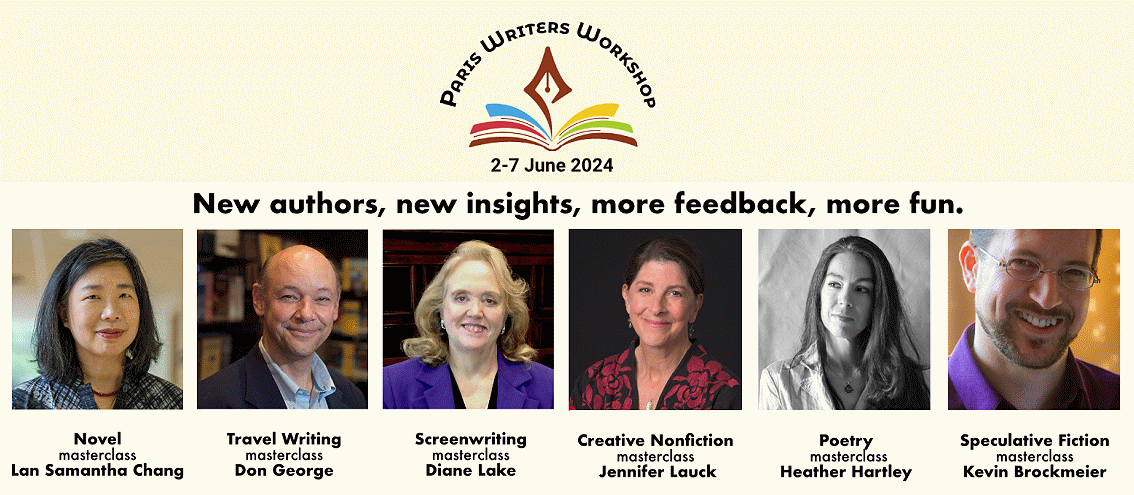
From Idea to Script to Sale





Before I get to today’s blog…
Thinking about doing more with your writing? Why not join me in Paris June 2-7 for my Masterclass in Screenwriting? Come be part of a dynamic community of writers and literary agents to learn, to write, to network, to energize your literary goals—and just to have fun in the City of Light!
The Paris Writers Workshop is the longest running literary program of its kind. This program offers 6 masterclasses by renowned authors, each a specialist in their field—and I’ll be teaching the Screenwriting Masterclass—in English, of course.
The workshop will be held at Columbia University’s beautiful Reid Hall campus in the heart of literary Paris—Montparnasse.
Registration is now open: https://wice-paris.org/paris-writers- workshop
We’ll have a great time getting your story ideas off the ground!!

Musicals—3
With the two films we’ve focused on so far, the hugely successful musical, The Wizard of Oz [1939] to an almost unknown musical, Blues in the Night [1941] we’ve just begun to scrape the surface of the musical world. It’s amazing that two musicals—both quite good—could be so differently received in the same time period. Always good to remember that quality needs an audience and even though you write something fantastic, the audience may not be ready for it.
In the 1920s, many thought audiences weren’t ready for films to talk, let alone sing. Audiences were showing up in droves for silent films, thank you very much, why play around with something that’s working?
How often has that sort of comment been made about a new innovation. Thank goodness the early film innovators didn’t listen. And the first talking picture? It was The Jazz Singer [1927] by Alfred A. Cohen, but it was also a musical. I mean, if pictures could talk, why couldn’t they sing? And wouldn’t that make people’s jaws drop! Well, it did. In 1929 the Academy of Motion Picture Arts and Sciences gave the film a special Oscar for changing forever the way movies were made.
Full of the stereotypes of its time? Sure it was. But that shouldn’t let us forget how innovative it was—it brought both words and music to our ears. The plot of the film is pretty pedestrian—boy wants to sing his own kind of music—jazz—rather than follow in the tradition of his family and become a cantor in the church. This premise allowed for the playing of plenty of music.
By 1929, other musicals were springing up—and the Marx Brothers jumped on board with Cocoanuts by George S. Kaufman and Morrie Ryskind. The film was not just a musical, it was a musical comedy and it was a big hit. It was mostly an excuse for the Marx Brothers to run around being wild and silly… and there was music. They would do another musical comedy in 1935, A Night at the Opera, again by George S. Kaufman and Morrie Ryskind with a story by James Kevin McGuinness.
An interesting element of A Night at the Opera is that the stars—the Marx Brothers—aren’t there to sing, they’re there to yuck it up, to help a young opera singer to get his chance. They do this by pulling a bunch of stunts that cause the main tenor to be absent so that the young guy can get his chance. And, of course, the young tenor is in love with the leading lady singer. So romance is a part of the mix. In the case of the Marx Brothers, everything is played for laughs… but with music.
Both The Jazz Singer and A Night at the Opera had characters who wanted to do something they didn’t expect to get a chance to do, but finally did. One was a drama and one was a comedy, one was ground breaking and one was a bunch of fluff. But when we look at their IMDB ratings? The classic, ground breaking The Jazz Singer gets a 6.7 and the played-for-laughs Marx Brothers A Night at the Opera gets an 8.0.
Does that mean you should go for the laughs in writing your musical? We’ll talk more about that next week!
Copyright © Diane Lake
11Aug19